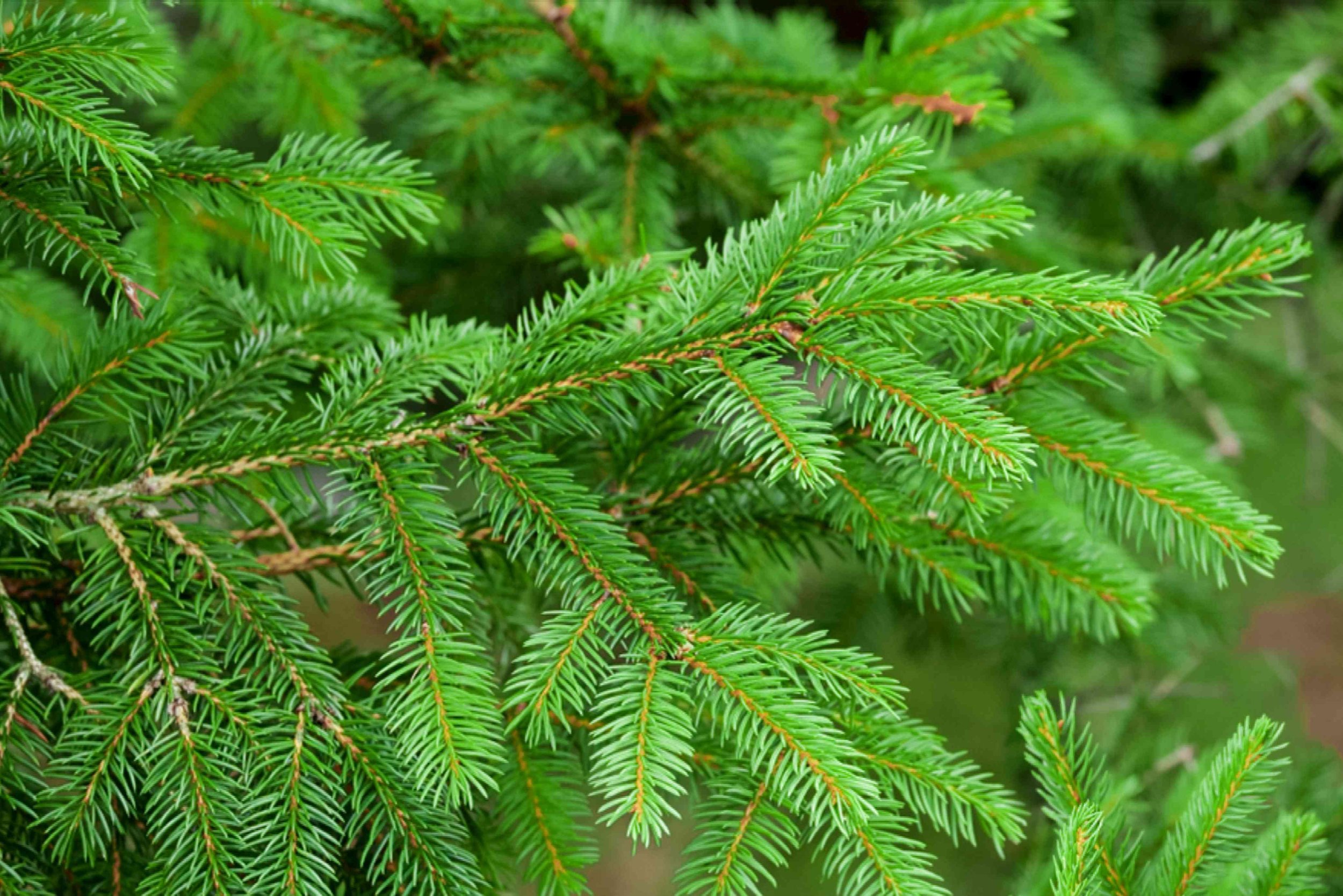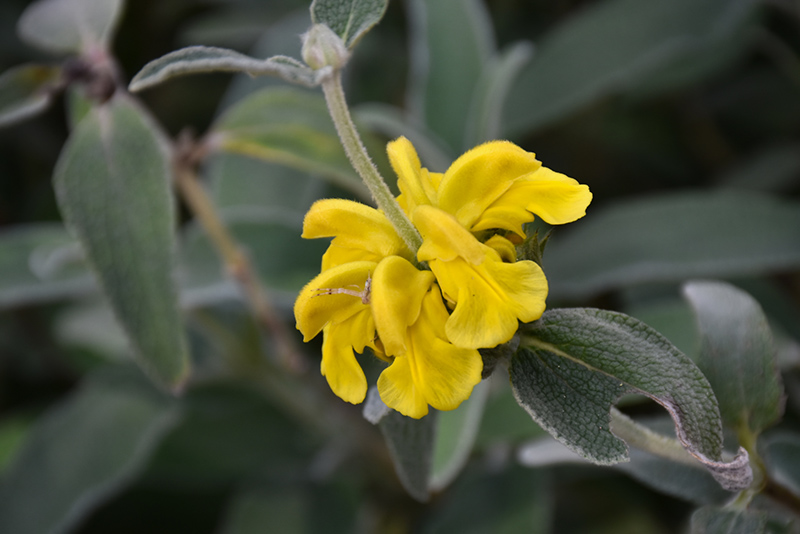
Height: 24 inches
Spread: 5 feet
Sunlight:
![]()
![]()
Hardiness Zone: 6b
Other Names: Jerusalem Sage
Description:
A spreading, wide ranging perennial featuring dense whorls of bright yellow, hooded flowers that rise above the foliage in late spring and summer; soft, wooly olive-green leaves have gray undersides; evergreen in frost free climates
Ornamental Features
Turkish Sage features bold spikes of yellow hooded flowers rising above the foliage from late spring to late summer. The flowers are excellent for cutting. Its tomentose oval leaves remain olive green in color with curious gray undersides throughout the year.
Landscape Attributes
Turkish Sage is an herbaceous evergreen perennial with an upright spreading habit of growth. Its medium texture blends into the garden, but can always be balanced by a couple of finer or coarser plants for an effective composition.
This plant will require occasional maintenance and upkeep, and is best cleaned up in early spring before it resumes active growth for the season. It is a good choice for attracting butterflies to your yard, but is not particularly attractive to deer who tend to leave it alone in favor of tastier treats. Gardeners should be aware of the following characteristic(s) that may warrant special consideration;
- Suckering
Turkish Sage is recommended for the following landscape applications;
- Mass Planting
- General Garden Use
- Groundcover
Planting & Growing
Turkish Sage will grow to be about 24 inches tall at maturity, with a spread of 5 feet. It grows at a medium rate, and under ideal conditions can be expected to live for approximately 10 years. As an evegreen perennial, this plant will typically keep its form and foliage year-round.
This plant does best in full sun to partial shade. It prefers dry to average moisture levels with very well-drained soil, and will often die in standing water. It is not particular as to soil type or pH. It is somewhat tolerant of urban pollution. This species is not originally from North America.

